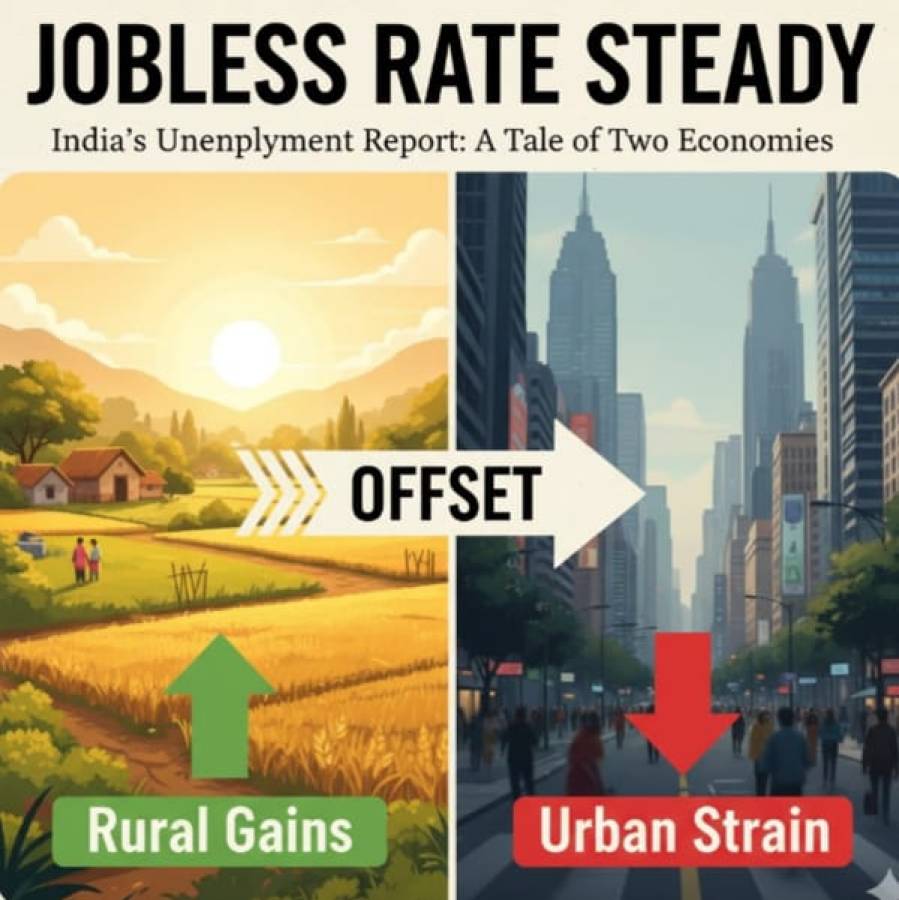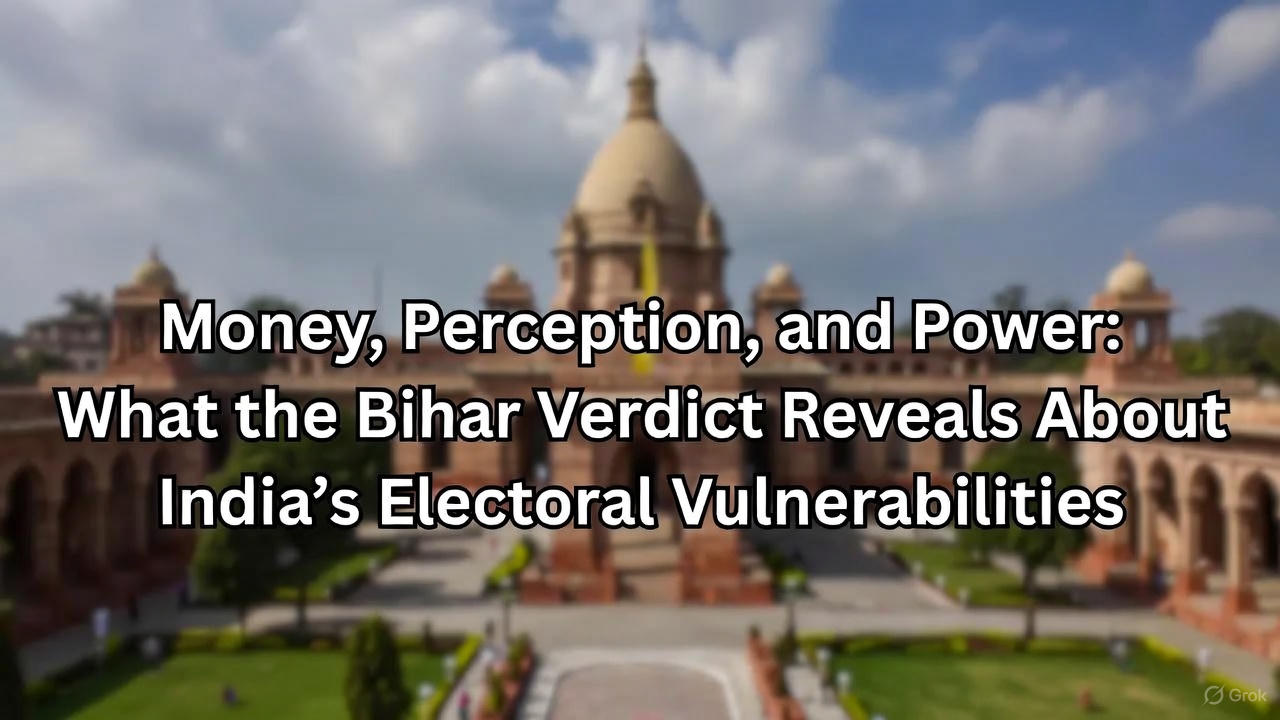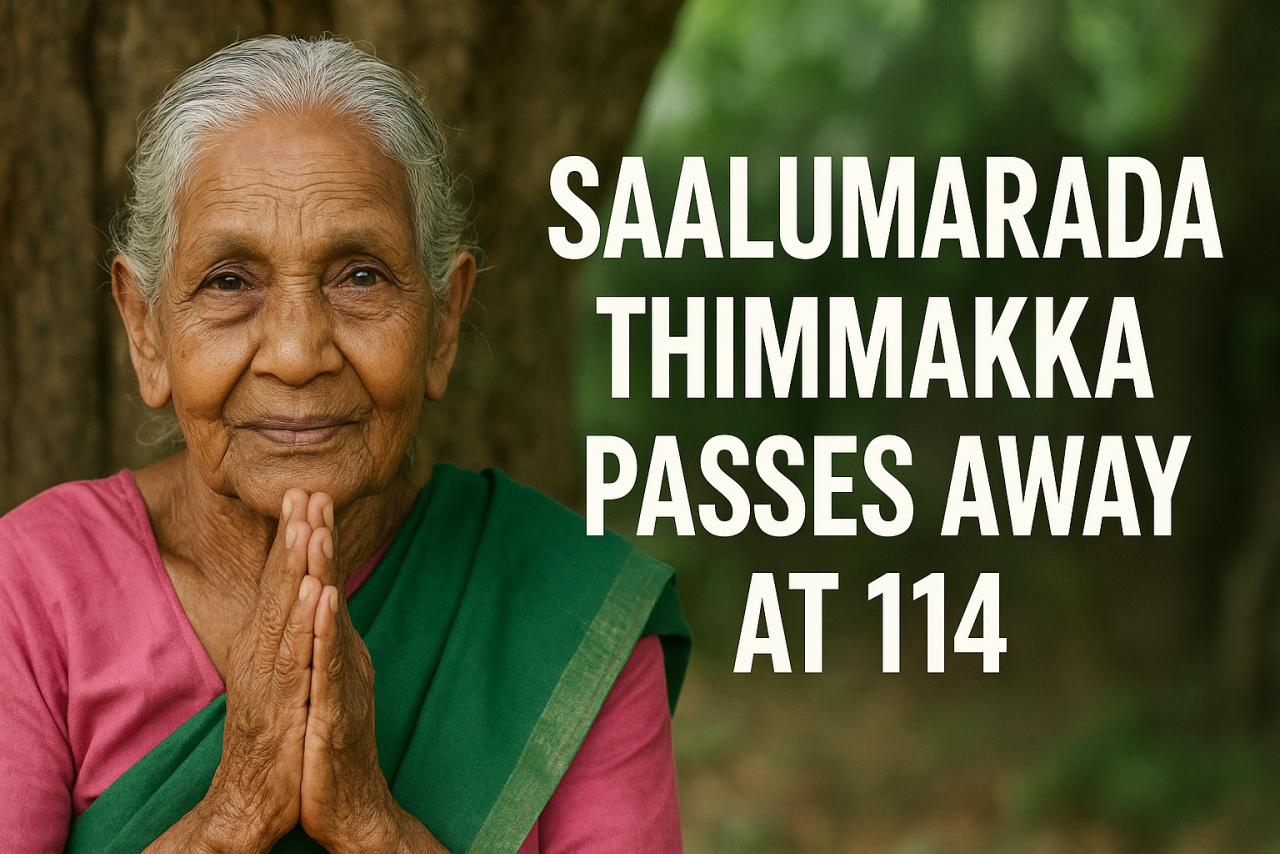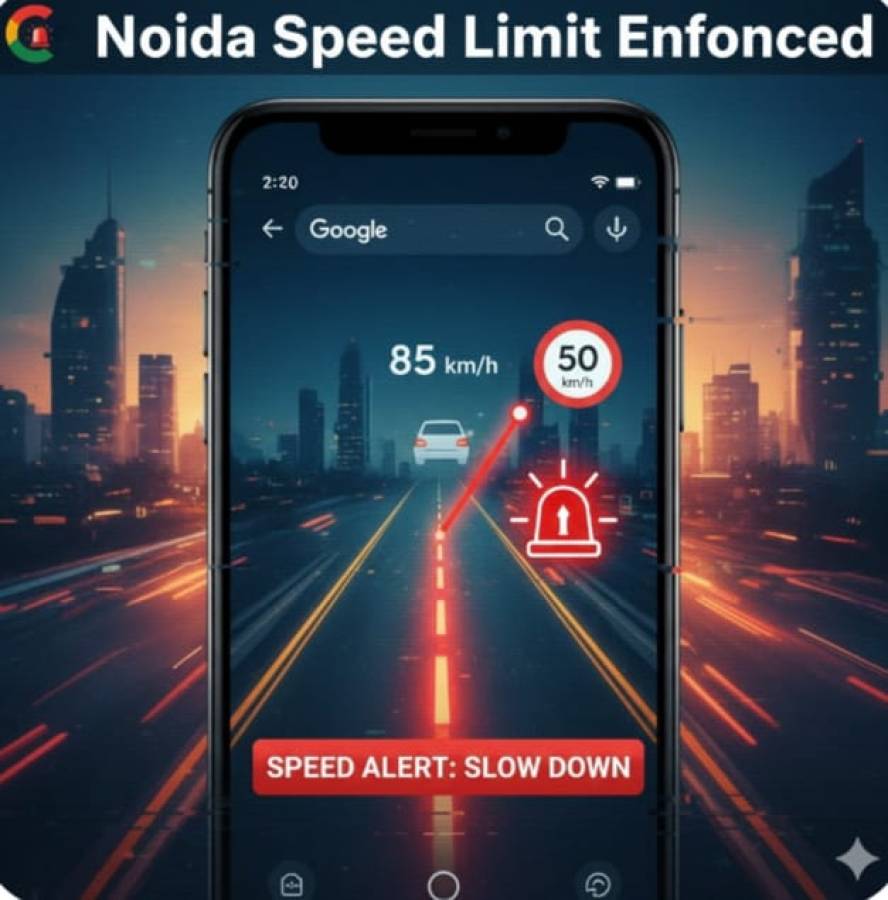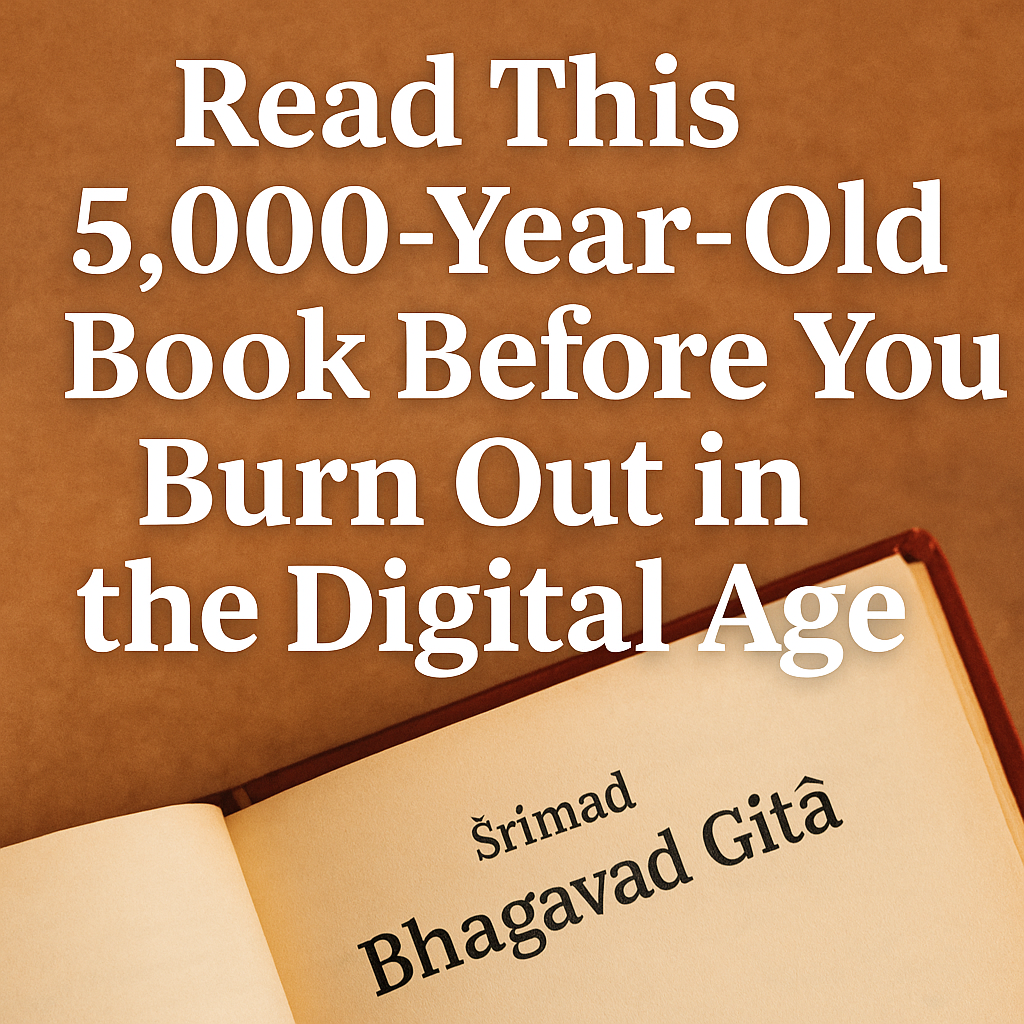
The world is basically ruled by algorithms, 30-second reels, and shrinking attention spans. In such a reality, timeless wisdom has become a rare commodity. While influencers peddle shortcuts to happiness and productivity, there exists an ancient dialogue that offers something deeper: clarity. The Bhagavad Gita, composed more than 5,000 years ago on the battlefield of Kurukshetra, continues to hold meaning far beyond its mythological setting. It is not just a spiritual text for a specific religion. It is a psychological and philosophical guide for anyone trying to navigate the emotional, moral, and mental chaos of modern life.
You may not believe it, but this dialogue between Arjuna, a troubled warrior, and Krishna, his charioteer and guide, is more relevant today than most self-help books. In fact, it might just be the reset button your mind needs.
Not Preachy
One of the biggest misconceptions about the Bhagavad Gita is that it is a Hindu religious book meant only for the devout. But a closer look reveals something more universal. The Gita is a conversation about human choices, moral confusion, personal duty, and the pursuit of meaning. Krishna does not demand worship or rituals. He encourages Arjuna to think, reflect, and act with clarity and courage.
Whether you are a student uncertain about your future, a professional overwhelmed by responsibilities, or someone struggling with emotional dilemmas, the Gita speaks to you as an individual. It does not judge your faith or background. It addresses your questions, your doubts, and your dilemmas directly. And that is what makes it timeless.
A Powerful Antidote to Anxiety
In today’s hyper-competitive environment, anxiety is almost a default state. We worry about outcomes before we even begin. The Gita offers a simple yet transformative idea through the philosophy of Karma Yoga. Focus on your actions and responsibilities, but do not get attached to the results. This detachment is not about inaction or passivity. It is about emotional independence.
By letting go of obsessive thoughts about outcomes, you allow yourself to concentrate better, work smarter, and live calmer. This is not spiritual escapism. It is emotional discipline that is surprisingly modern in its practicality. The Gita teaches you how to work without burning out, how to love without clinging, and how to live without constantly fearing failure.
True Leadership Begins With Clarity, Not Control
Modern leadership is often mistaken for dominance, micromanagement, or charisma. But Krishna, the ultimate leader in the Gita, never gives orders. He does not impose authority. He provides perspective. He listens, explains, and encourages Arjuna to make his own choice.
Whether you are leading a team, a project, or just trying to manage your own emotions, the Gita teaches that effective leadership is not about ego. It is about self-awareness, patience, and the courage to act in alignment with your higher purpose. And that is a lesson the corporate world desperately needs today.
Practical, Not Abstract
The Gita does not talk about mystical experiences or miracles. Instead, it deals with common human challenges—fear, confusion, anger, sorrow, indecision, and identity. It offers insights into how to manage the mind, how to detach from outcomes, how to remain balanced in success and failure, and how to act with integrity even when the world feels unjust.
It does not ask you to become a monk or renounce your life. It prepares you to live it fully. Its questions are still the ones we ask today. What is the right thing to do when choices are not black and white? How can one remain stable amidst chaos? How does one find meaning when life seems directionless?
A Companion for Every Stage of Life
Perhaps the most beautiful quality of the Bhagavad Gita is that it grows with you. Read it when you are twenty, and it will inspire you to act. Read it at forty, and it will help you balance responsibility with peace. Read it at sixty, and it may guide you toward liberation and acceptance.
This is not a book that gets old. It is a book that evolves with your journey. Every verse you read at different times will reveal a different meaning. It is like talking to a wise friend who somehow always understands what you need to hear.
Endorsed by Seekers, Not Just Saints
Some of the most brilliant minds of the modern era turned to the Gita, not for religion but for clarity. Steve Jobs carried it with him to India during his spiritual retreat. Carl Jung found in it psychological depth. Mahatma Gandhi called it his spiritual dictionary. Even authors like Aldous Huxley and thinkers like Einstein admired its philosophical depth.
They were not looking for prayers. They were looking for perspective. And they found it in the verses of a battlefield dialogue spoken thousands of years ago.
Before You Search for Another App, Try an Ancient Answer
The Bhagavad Gita is not a rulebook. It is a mirror. It does not pretend to solve your problems in one sitting. It challenges you to look within and grow stronger. In an age obsessed with reactions, it invites reflection. In a world that rewards noise, it teaches silence. And in a life driven by speed, it reminds us of stillness.
So before you burn out again, take a pause. Sit with the Gita. You do not need to be fluent in Sanskrit. You just need to be honest with yourself. Because some answers were never meant to be searched on Google. They were always within you, waiting to be heard.




